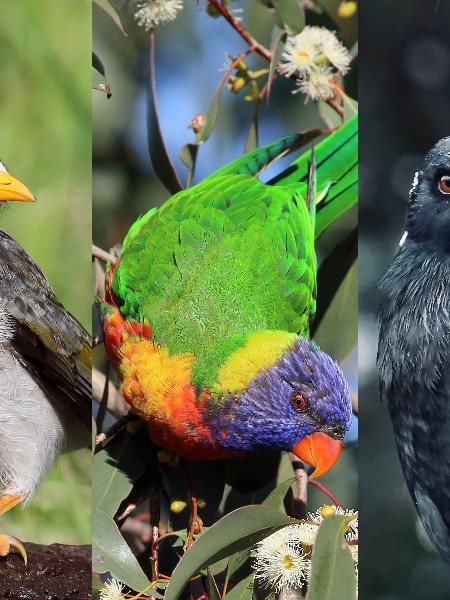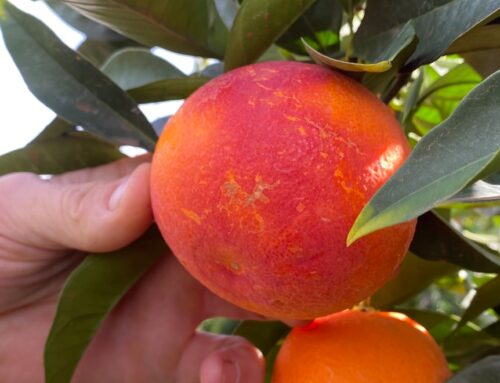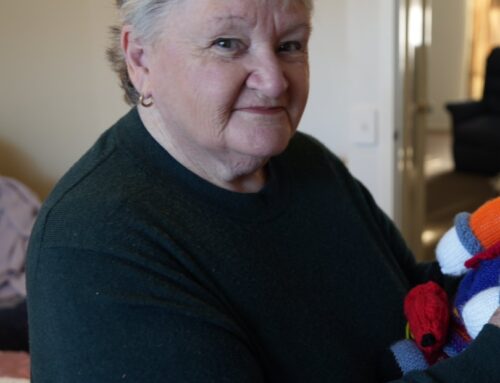The rainbow lorikeet has been crowned Australia’s most commonly spotted bird, beating the noisy miner and magpie for the tenth year in a row.
Last October, more than 60,000 participants spent at least 20 minutes outside, identifying bird species and submitting their tallies into the Aussie Bird Count app.
The week-long event saw 3.6 million birds and 597 different variants recorded nationally, with the largest number of sightings in New South Wales, Queensland and Victoria.
Birdlife Australia’s Sean Dooley said the data from the count contributes to their research in Australian avifauna.
“Birds tell us a lot about the environment we live in. In the past, there were few ongoing chances for long-term study of how populations of our most common birds are faring,” Mr Dooley said.
Bold, aggressive birds more common
According to Birdlife Australia, the attributes of each bird varied depending on the region — highlighting Australia’s biodiversity.
The rainbow lorikeet was sighted the most in New South Wales, Queensland, Victoria, South Australia and Western Australia.
In Tasmania, the house sparrow reigned supreme while cockatoos dominated in the ACT.
In the Northern Territory, the magpie goose placed first over the popular red-collared lorikeet.
Mr Dooley said the winning birds shared common characteristics, which set them apart from decreasing populations.
“One thread linking the most successful birds that have been recorded living in the places where we live, is that they tend to be bolder, more aggressive species with a broad, generalist diet,” he said.
“We are picking up a decline in reporting rates of smaller, more specialist bush birds that were once fairly common garden birds, such as silvereyes and fairy-wrens.”
A number of surveys were conducted in remote areas and offshore territories like Christmas and Norfolk islands, however most participants recorded data from their backyards.
Nation’s largest citizen science project
The first count began in 2014 with just 9,000 people sharing data on the app.
More than a decade later, the initiative has gained traction with everyday Australians interested in bird watching.
Birdlife chief executive Kate Millar said the count has become the largest citizen science project in Australia.
She said the widespread involvement has been helpful to the organisation’s mission, which aims to stop bird extinctions by 2032.
“We’re so proud that the Aussie Bird Count continues to be as popular as it is,” she said.





